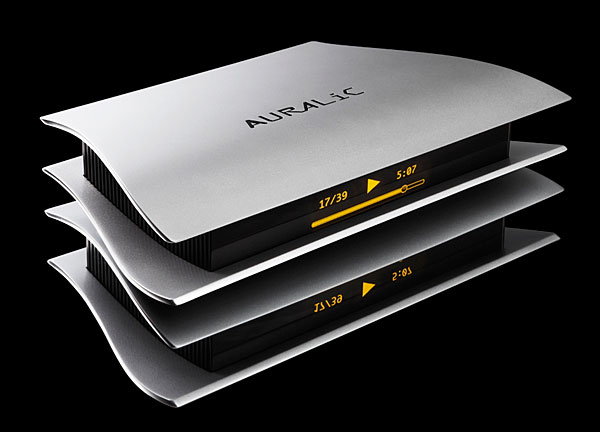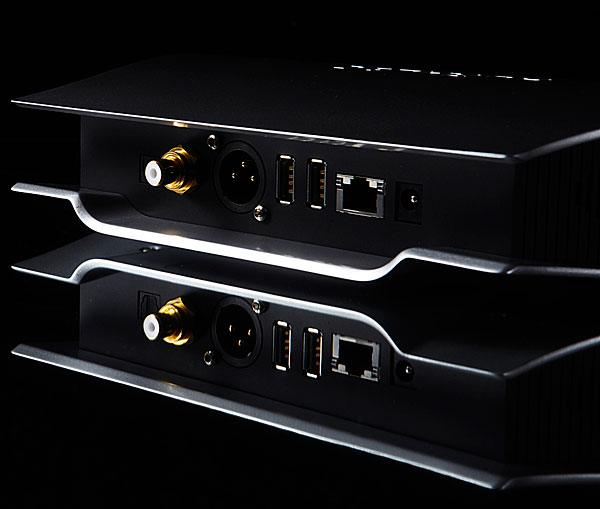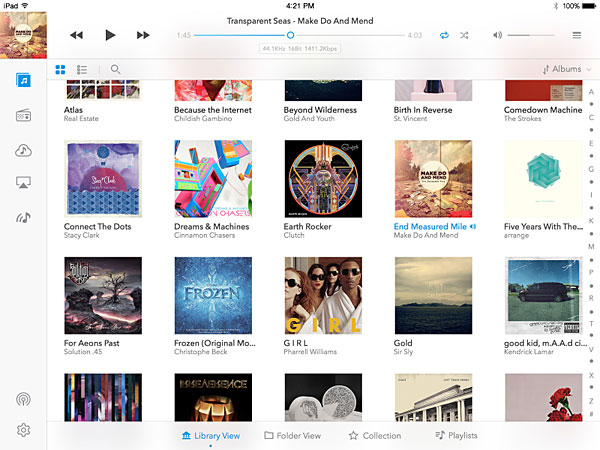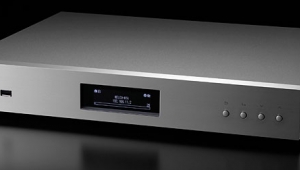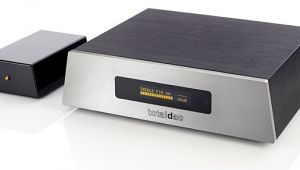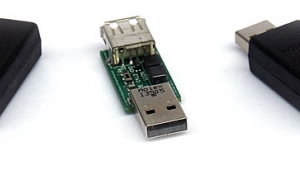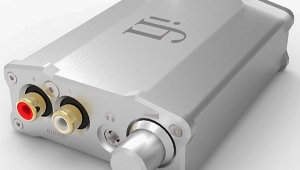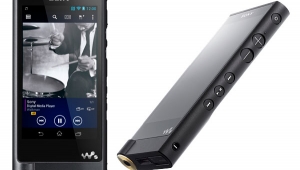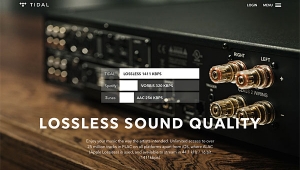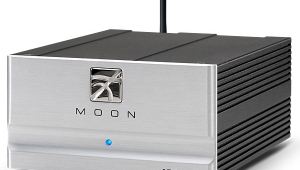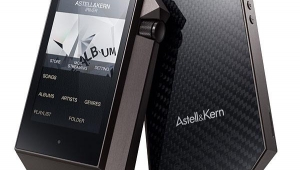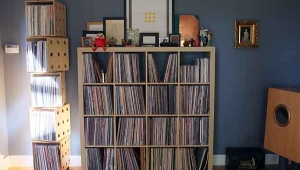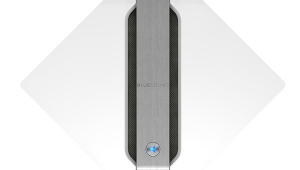| Columns Retired Columns & Blogs |
So there are "superior" ethernet cables? Maybe so, but...
1) Why are the opinions of highly regarded manufacturers who claim that expensive cables make no difference systematically ignored by the Hi-Fi press? I have personally received this feedback from Schiit, BAT, Sanders. I bet Paul Barton is on the same boat and so is Magnepan. Ask them on an interview; it is the least you can do.
2) Why don't you hire an assistant for minimum wage to switch the cables while you stay blind and comfortable? $40 buys 4 hours of assisted blind listening, so you can have a comfy test.
Highly expensive cables might make a difference (or not), but not addressing the above two points takes away a lot of credibility away from the Hi Fi media.
If you want to continue this conversation I can send you links to non-hate-filled opinions and studies that suggest that cables make no difference. I am talking about opinions of manufacturers and audiophiles who ought to be respected and accounted for.
